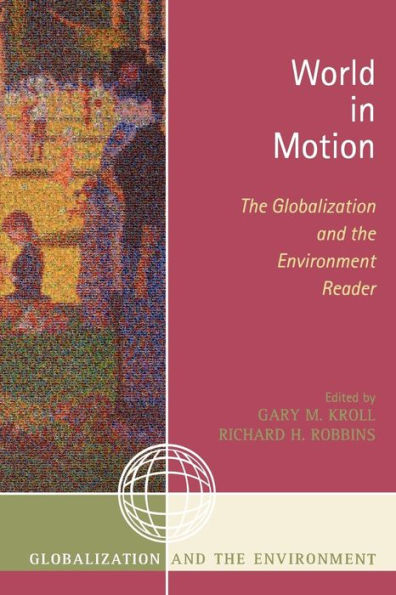5
1
9780759110267


World in Motion: The Globalization and the Environment Reader available in Paperback

World in Motion: The Globalization and the Environment Reader
- ISBN-10:
- 0759110263
- ISBN-13:
- 9780759110267
- Pub. Date:
- 12/16/2008
- Publisher:
- AltaMira Press
- ISBN-10:
- 0759110263
- ISBN-13:
- 9780759110267
- Pub. Date:
- 12/16/2008
- Publisher:
- AltaMira Press
65.0
In Stock

Product Details
| ISBN-13: | 9780759110267 |
|---|---|
| Publisher: | AltaMira Press |
| Publication date: | 12/16/2008 |
| Series: | Globalization and the Environment |
| Edition description: | New Edition |
| Pages: | 292 |
| Product dimensions: | 6.08(w) x 9.18(h) x 0.68(d) |
About the Author
What People are Saying About This
From the B&N Reads Blog
